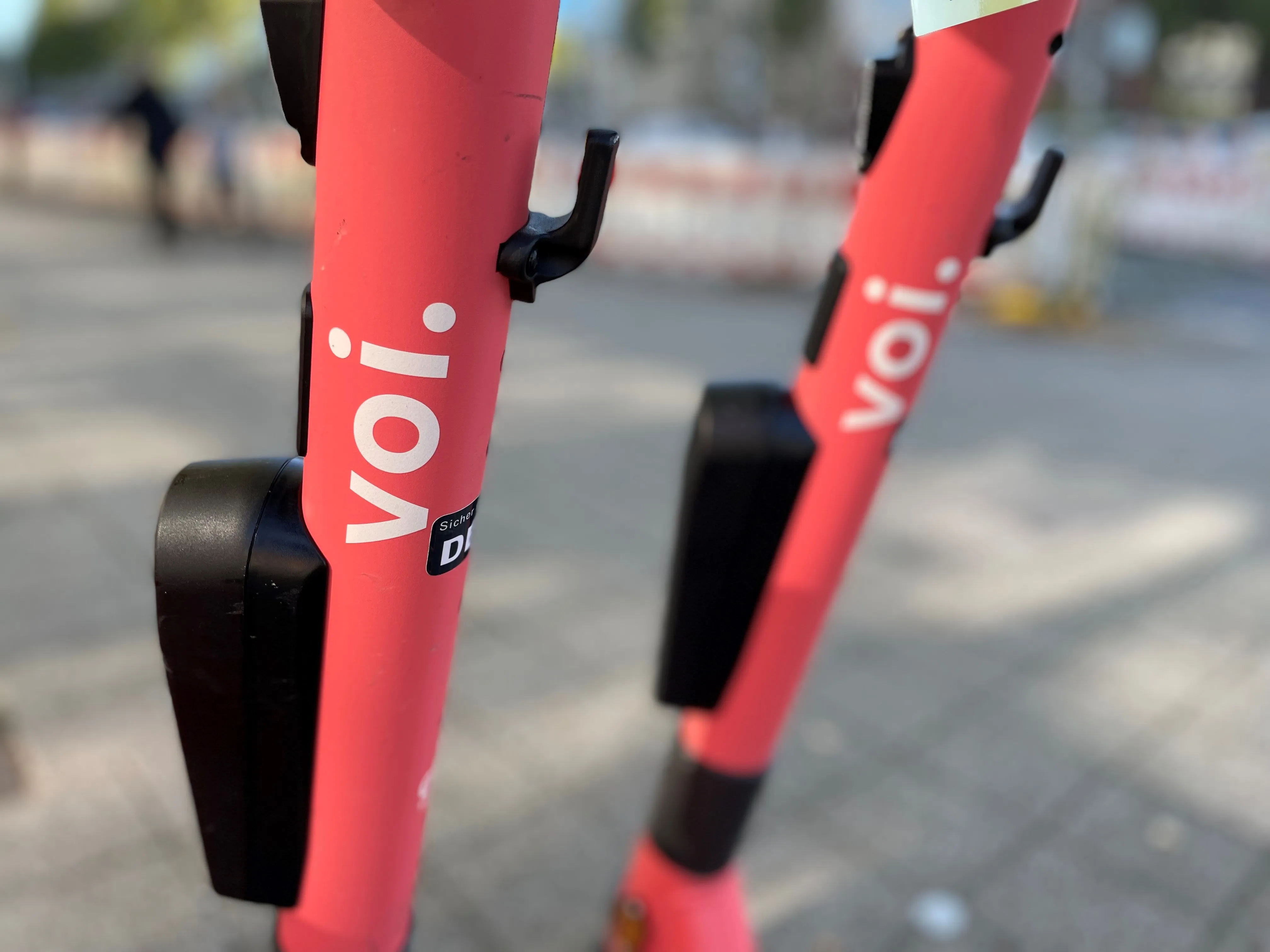
Voi has launched a dashboard in its app showing the estimated carbon dioxide (CO2) emissions riders have avoided by using an electric scooter or e-bike.
In a blog post, the company says this data takes into account the emissions produced across the full life cycle of the company's vehicles, from the production phase to when they are finally recycled.
According to Voi, the average Voi scooter ride emits 29g CO2 equivalent per passenger-km of life cycle emissions, compared with 184g per passenger-km emitted by a passenger car.
The new Voi Impact Dashboard also displays the rider's average contribution to air quality in the area, using PM2.5 measurements. PM2.5 is the term for particulate matter, with a diameter of fewer than 2.5 microns caused by partially combusted fuel.
Voi co-founder Fredrik Hjelm says: “Since 1 January 2020, I have travelled over 2,940km by Voi, which is the equivalent of a journey between Stockholm and Barcelona! I was delighted to discover that, by regularly travelling on our Voi e-scooters, I have saved an estimated 108kg of CO2 and reduced air pollution by over 6g of PM2.5. I have no doubt that our users are also going to be equally pleased to see the positive impact they are having, by choosing our e-scooters and bikes as their travel mode.
“While heads of state, delegates, and civil society gather in Glasgow for COP26, we want to do our part by giving people the tools to make informed mobility choices so they can have an active role in the transition to sustainable transport. Together, with cities, citizens and other public transport and micromobility operators, reducing the need for short car trips, reduce harmful emissions and re-shape our cities so they are made for living.”









